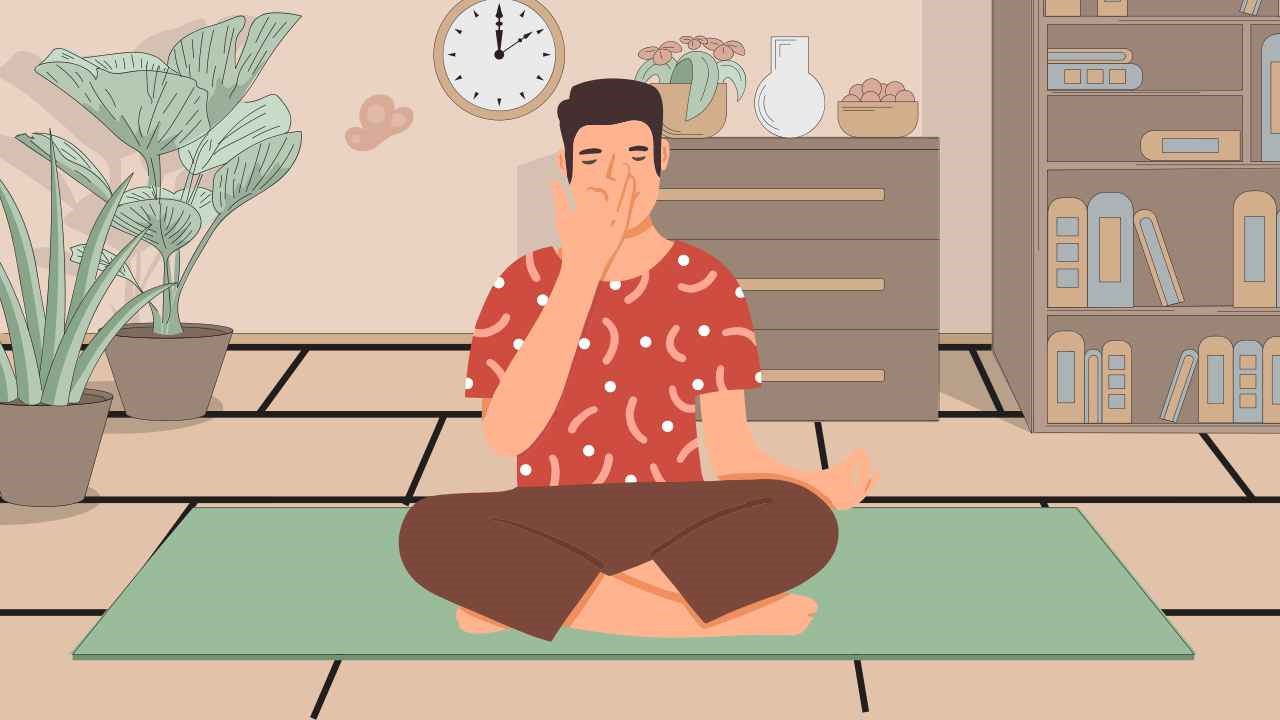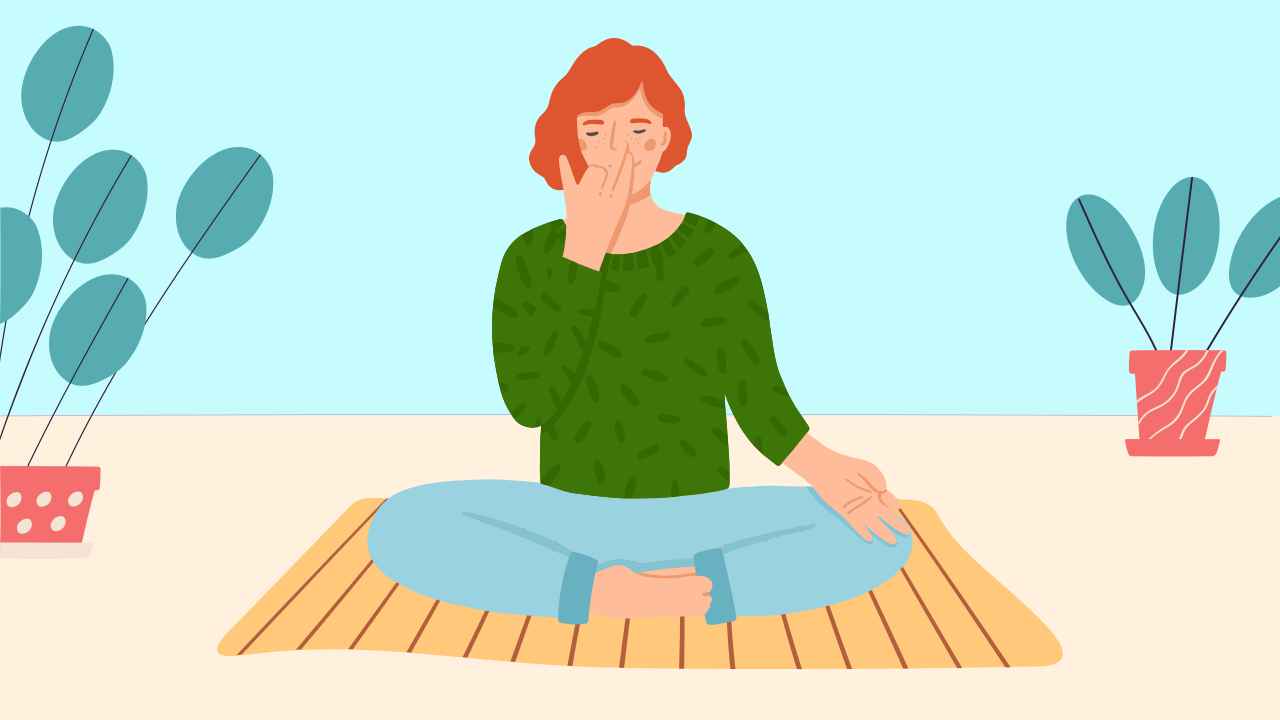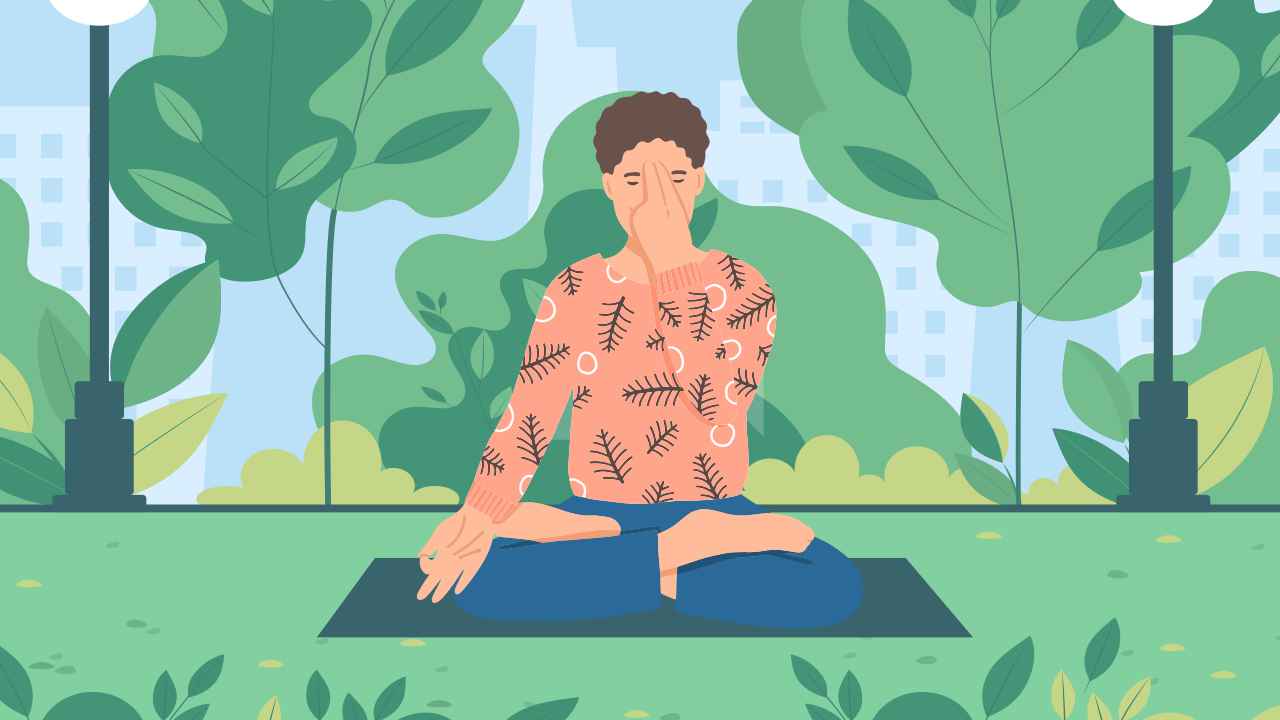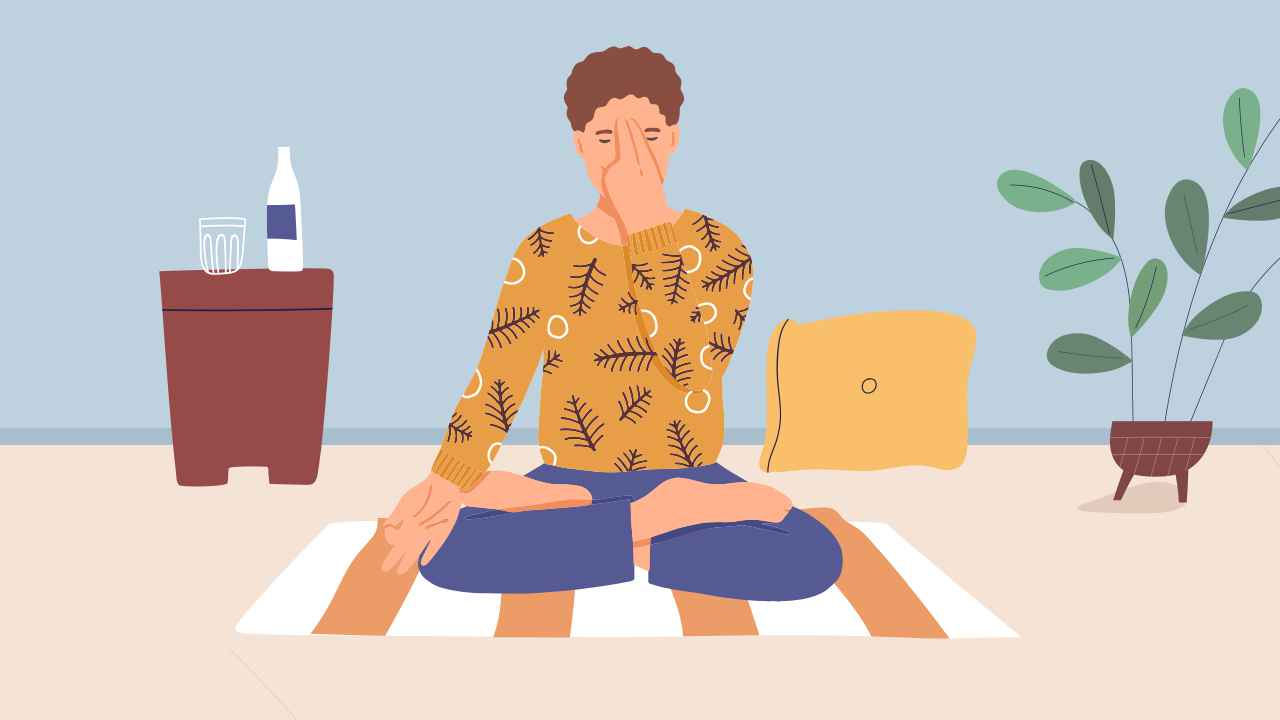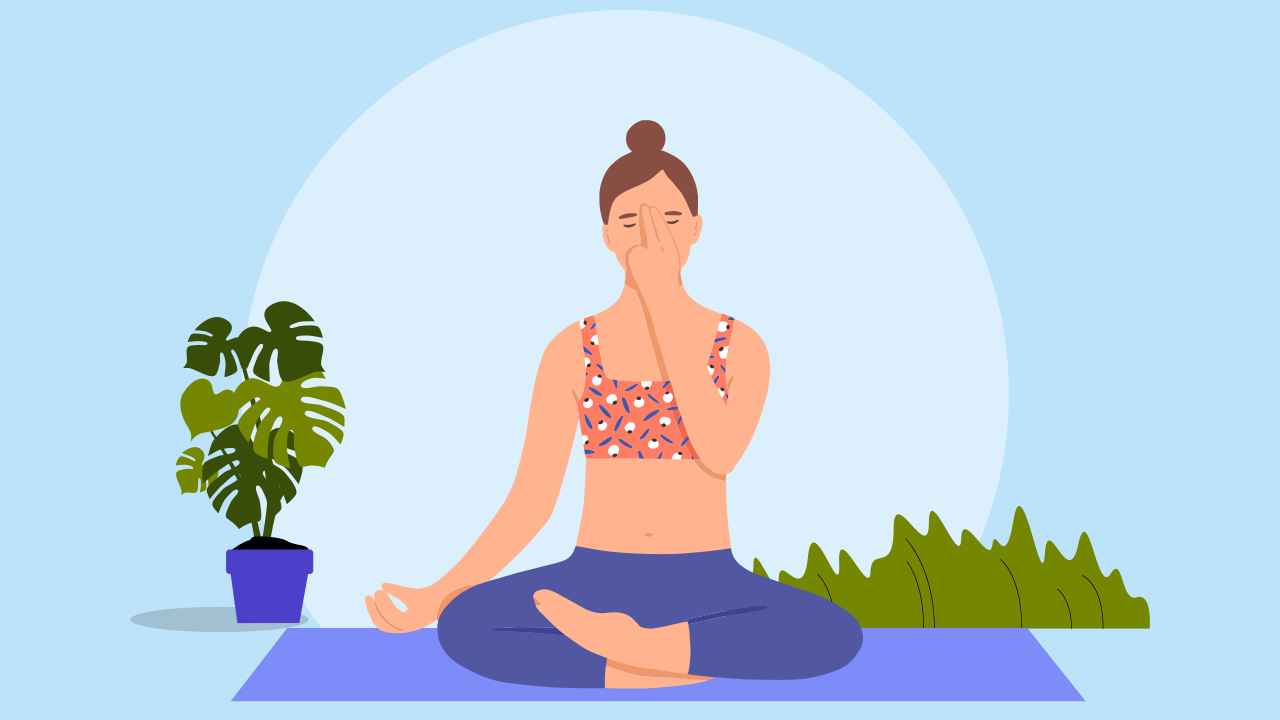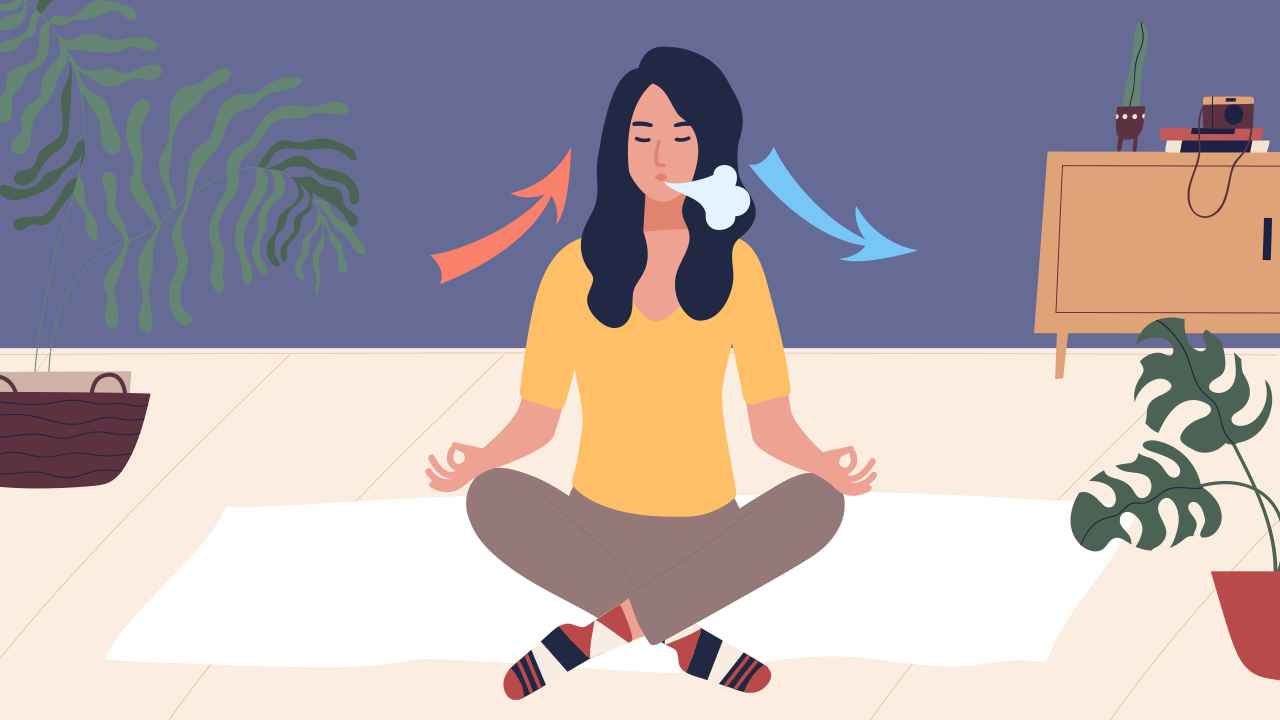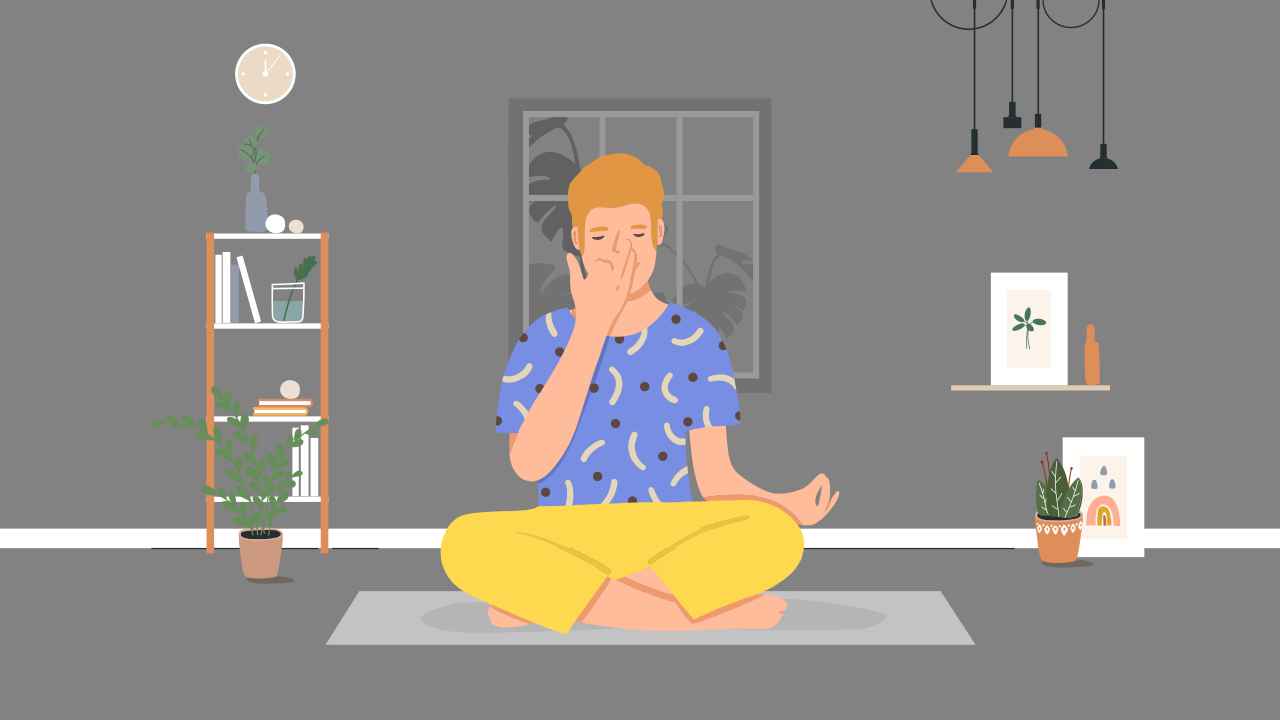
How to Practice Bhramari Pranayama, the Fourth Traditional Pranayama
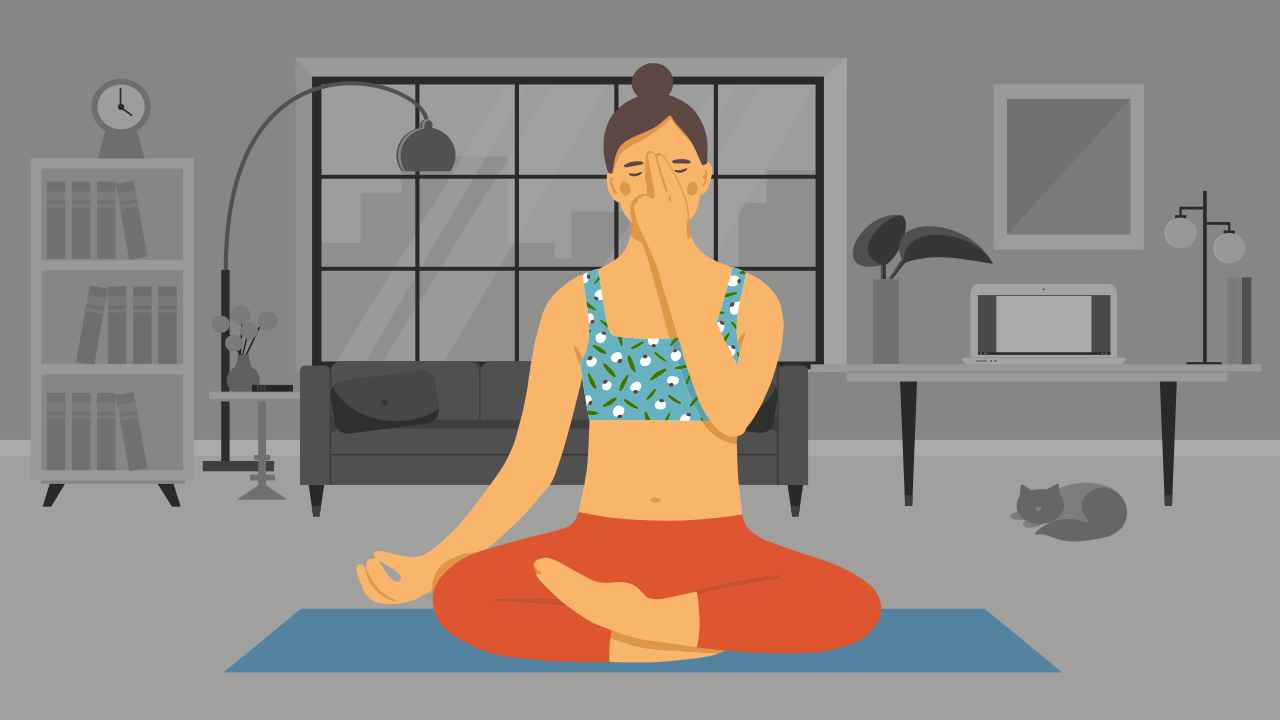
Bhramari Pranayama derives its name from the sound that is produced while performing it. It is that resounding echo of the sound made by a humming bee, which is being replicated. The sound is said to resonate with the entire head region, thus effectively reverberating in every cell of the body. Bhramari Pranayama induces a meditative state by harmonizing the mind and directing the awareness inwards.
Bhramari Pranayama benefits
Bhramari Pranayama offers therapeutic effects. It helps relieve insomnia by soothing the nervous system and silencing mental chatter. It is helpful for those suffering from sinus infection or nasal congestion as the high-pitched sound opens up the passage ways. Lastly, it is beneficial for those with thyroid problems as it directs the sound waves to the throat, which thereby gets stimulated.
Also read: First Traditional Pranayama: How to Practice Ujjayi
Contraindications: Those suffering from severe ear infection should not be practicing Bhramari Pranayama.
Practice notes for Bhramari Pranayama
1. Ensure that the sound produced is soft and mellow. The sound produced should be smooth, continuous and even, throughout the period of one whole exhalation.
2. Keep the lips gently shut, whereas the teeth remain slightly apart. This allows the vibration of the sound to be felt more distinctly.
3. If needed, bring your hands down to rest on your knees after every round or try to keep them steady throughout the practice.
How to perform Shanmukhi Mudra
In any seated posture, raise your arms in front of the face with the elbows pointing sideways. Close the ears with your thumbs, the eyes with the index fingers, the nostrils with the middle fingers, and the mouth by placing the ring fingers above the little fingers below the lips. It is important to note that the fingers are placed lightly and no pressure is applied on the point of contact between the fingers and face.
Bhramari Pranayama steps
1. Take any comfortable seating posture of your choice. Siddhasana or Sukhasana works best. Keep your hands rested on the knees with your spine erect and head aligned with your shoulders.
2. Raise the arms side-ways and bend the elbow such that the hands come closer to the ears. Now place your index finger or middle on the ears to plug them out. You may even choose to take the Shanmukhi mudra before commencing the practice.
Also read: Second Traditional Pranayama: How to Practice Surya Bhedana Pranayama
3. Slowly start inhaling through the nose, do not hold the breath once inhalation is complete.
4. Exhale in a slow and controlled manner while producing a deep, steady humming sound like that of a bee. You will experience the vibrations of this sound throughout your body.
5. Take a few breaths in between rounds and start again in a similar manner.
Counts: Inhale x 3 counts: Use both the nostrils
Exhale x 12 counts. Produce the humming sound
(Note: The counts are listed to guide a beginner or a novice. Practitioners need not follow the same counts. Simply inhaling and exhaling while producing the sound should be enough.)
Repetition: You may choose to practice anywhere between 10-15 rounds of this Bhramari Pranayama, with or without the Shanmukhi Mudra.
Awareness: Bring your attention to the Ajna chakra or the Third Eye chakra, which is located in between the eyebrows, and immerse yourself into the vibrations that are being produced.
References
1. Taneja M. Nitric oxide Bhramari Pranayam and deafness. Indian J Otol 2016; 22: 1–3.
2. C Shila. Critical Study Of Bhramari Pranayama A Review Article. Int J Appl Ayurved Res 2020.



